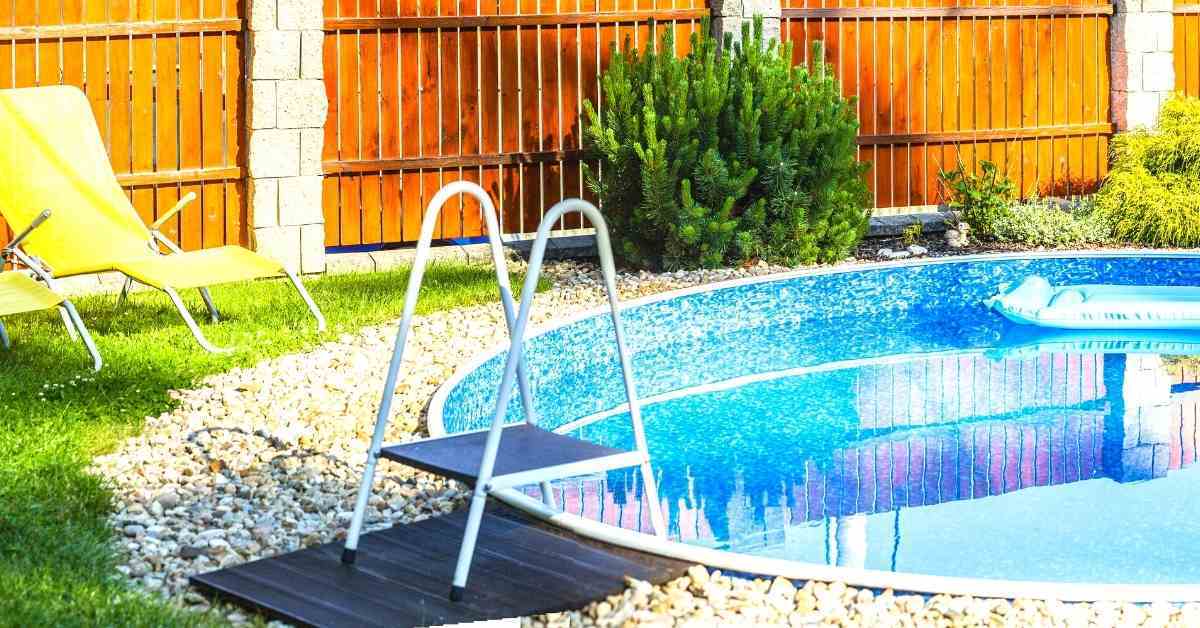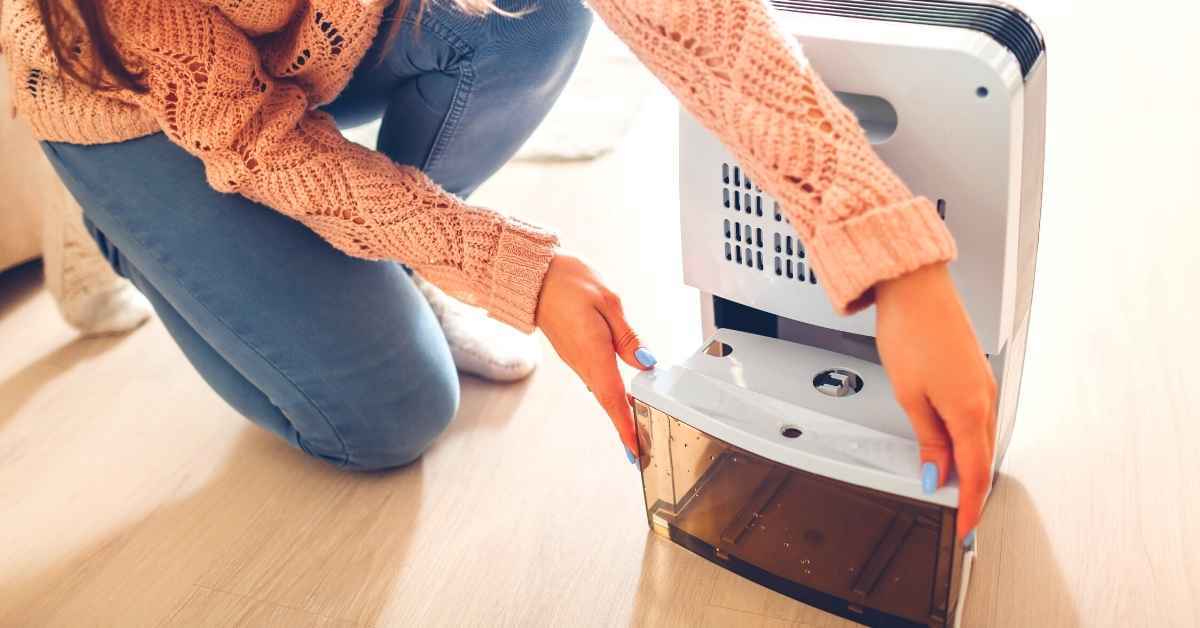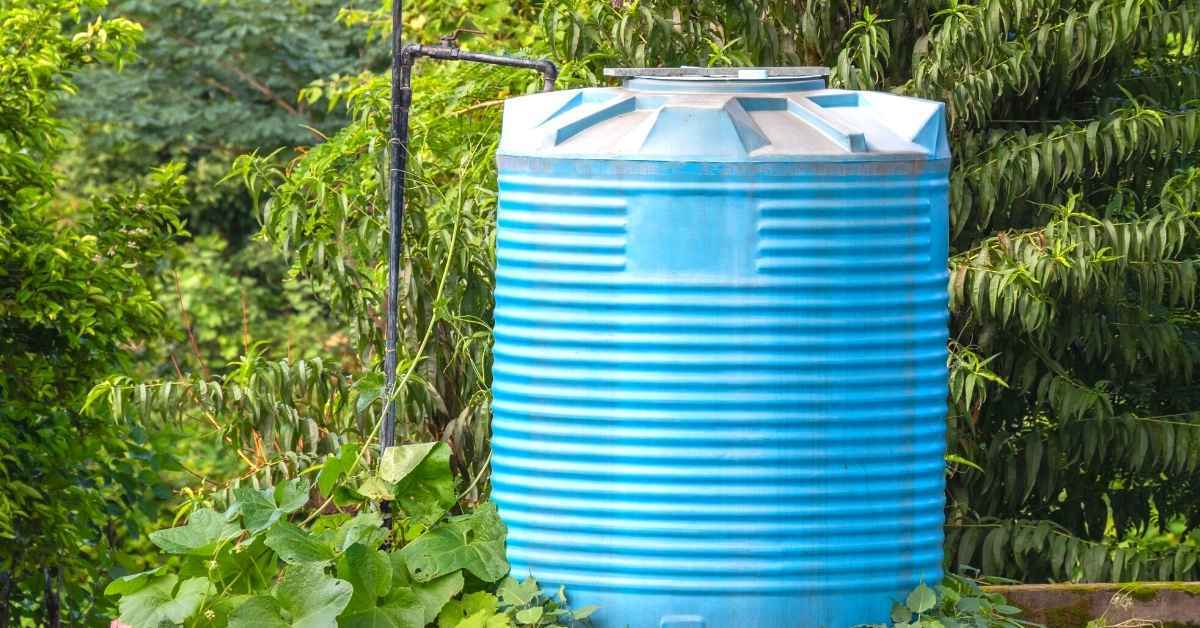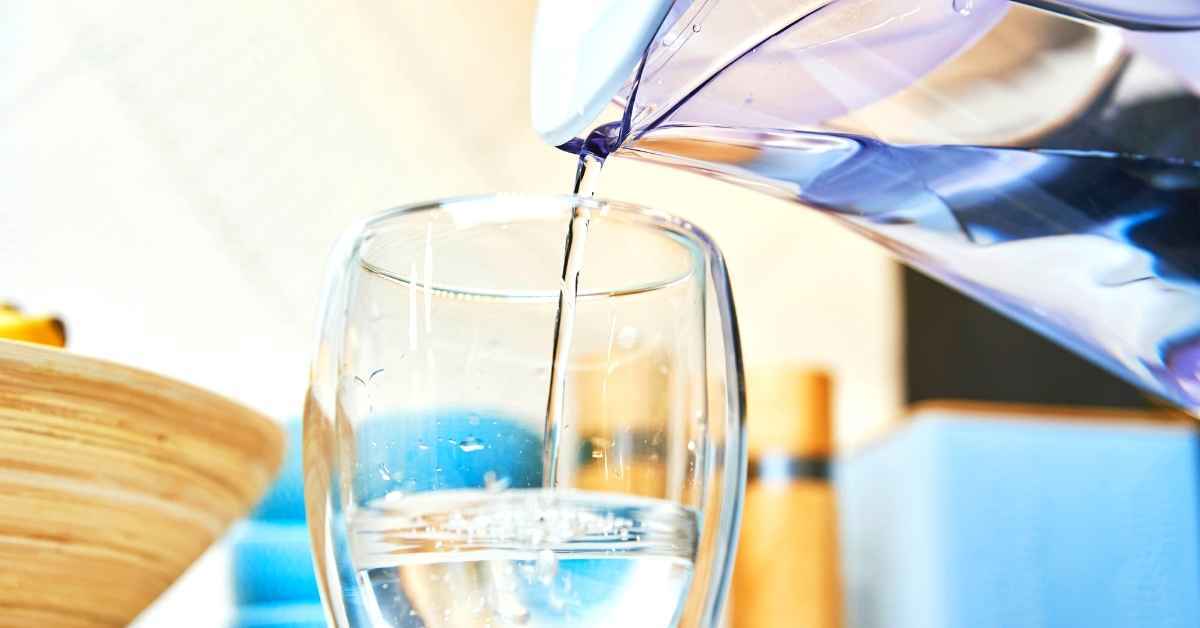
In part 1, we looked at some possibilities for smaller water collection tanks that may fit into an urban or suburban space.
In part 2, we look at what we do with the water to make it safe to use.
Storing Water
You may have collected water by:
- Collecting rainwater
- Storing mains water in a tank or in plastic bottles
If you’re not able to have a rainwater tank, look for some larger water storage bottles, such as these ones from Survive It. Start with just one or two, so you can make sure they don’t taint the water with a plastic taste.
Either way, the general rule of thumb is to replace the water every year.
So have a plan to use your stored water to water the garden or wash the car, and get fresh in, at least once a year. If you have more rain than you can collect, use that water outside throughout the year, so you always have fresh water coming in.
What Can I Use Rainwater For?
This summary came from WaterSmart. “Rainwater can be collected for reuse outside. It can also be used to wash clothes and flush toilets. This represents 56% of water use for the average household. It is possible to use rainwater entirely, although this may require additional filtration for hygienic purposes (drinking, showering, dishwashing etc.). If you plan to connect a tank to your internal plumbing, you will require building consent. Get in touch with your local council for specific information related to your area.”
How do I make the water safe to drink, in an emergency?
This question assumes that collected rainwater isn’t inherently safe. Apparently, the larger tanks found on farms take the rainwater from the middle. This means that any floaties that get through the filters and stay on top will be avoided, as will any sludge down the bottom. The smaller tanks we’re talking about should have at least a leaf filter and possibly may have other filters for the incoming water. But if in doubt as to safety, treat it!
The infographic, below, put out by the Wellington City Council suggests either boiling or adding bleach. So a container of unscented household bleach is something you’ll want it your emergency stores.
From our brainstorming session the other day:
- Aquatabs Water Purification – these are specifically for sterilising water. Available from Chemist Warehouse, other pharmacies, and camping suppliers.
- Kiwi Camping Water Treatment Camping & Marine 1 litre Purple. Available from Mitre 10. Ideal for use in domestic external water tanks, baches, holiday homes, mobile homes, caravans, yachts, launches, and commercial boats. Controls all forms of bacteria, viruses, and algae commonly found in tank water. Safe, effective, and easy to use.
- Colloidal silver – read how to do that here. Note that it takes quite a bit, so maybe not the first choice.
A couple of the other items brainstormed may not be as appropriate:
- Milton Antibacterial tablets – used to disinfect items for baby including bottles. Not specifically for sterilising water. But may be useful for other uses in an emergency situation. Available from Chemist Warehouse and other pharmacies.
- Campden tablets – read about them on Wikipedia here. These are generally used during brewing or to eliminate chlorine from water, so may not be sufficient to sterilise water collected “in the wild”
The Provident Prepper explains 7 methods here.
Water can be made safe to drink by using the following disinfection techniques (follow the link for more details, and the pros and cons of each):
- Boiling – heating water to 212 degrees F (100C)
- Pasteurization – heating water to 149 degrees F (65C) for 6 minutes
- Distillation – vaporizing water and allowing it to condense back into a liquid
- Chlorination – using chlorine
- Iodization – using iodine
- Solar Disinfection (SODIS) – exposing water to the sun in a transparent container
- Filtration – filtering contaminants out of water
